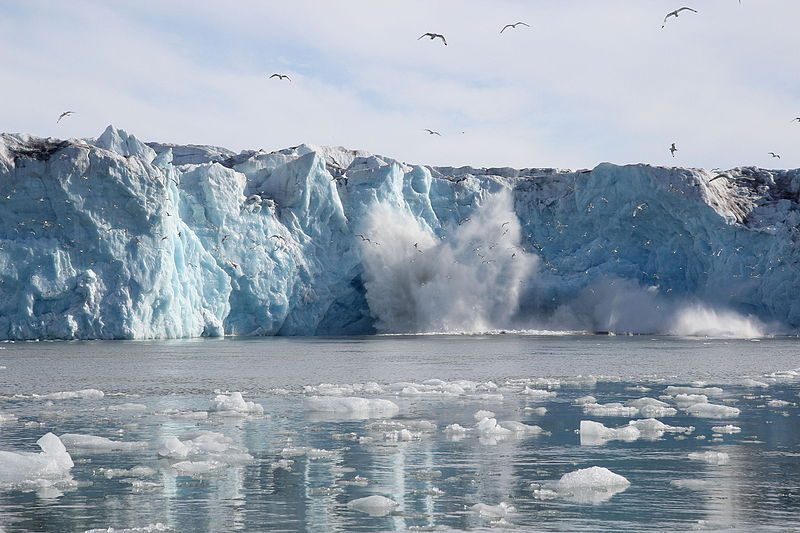
As a result of this specific provision, the FAA developed an Arctic Implementation Plan, signed by the Secretary of Transportation, to let stakeholders and the international community know that it planned to establish permanent “operational areas and corridor routes in the Arctic” for drones.
While the idea of establishing drone zones in the Arctic may not seem critical to the development of commercial drone applications, it turns out that Arctic operations may have significant environmental impact. According to the FAA website, oil company ConcoPhillips uses Insitu’s ScanEagle to perform marine mammal and ice surveys. Oil giant BP uses AeroVironment’s Puma AE to survey pipelines, roads, and equipment at an oilfield in Alaska. The same AeroVironment drone model was used as part of an oil spill exercise in the Beaufort Sea; and drones were deployed last year in Operation Arctic Shield, an oil spill search and rescue exercise.
The Arctic offers the opportunity to test drones in environmental applications, outside of usual FAA restrictions. It allows for the testing of flight beyond line of sight (BVLOS) – in such an uninhabited environment, the potential for risk is arguably minimal. The chance to see – and document – what drones can do for the environment makes the Arctic program important for all drone operators.
Miriam McNabb is the Editor-in-Chief of DRONELIFE and CEO of JobForDrones, a professional drone services marketplace, and a fascinated observer of the emerging drone industry and the regulatory environment for drones. Miriam has penned over 3,000 articles focused on the commercial drone space and is an international speaker and recognized figure in the industry. Miriam has a degree from the University of Chicago and over 20 years of experience in high tech sales and marketing for new technologies.
For drone industry consulting or writing, Email Miriam.
TWITTER:@spaldingbarker
Subscribe to DroneLife here.